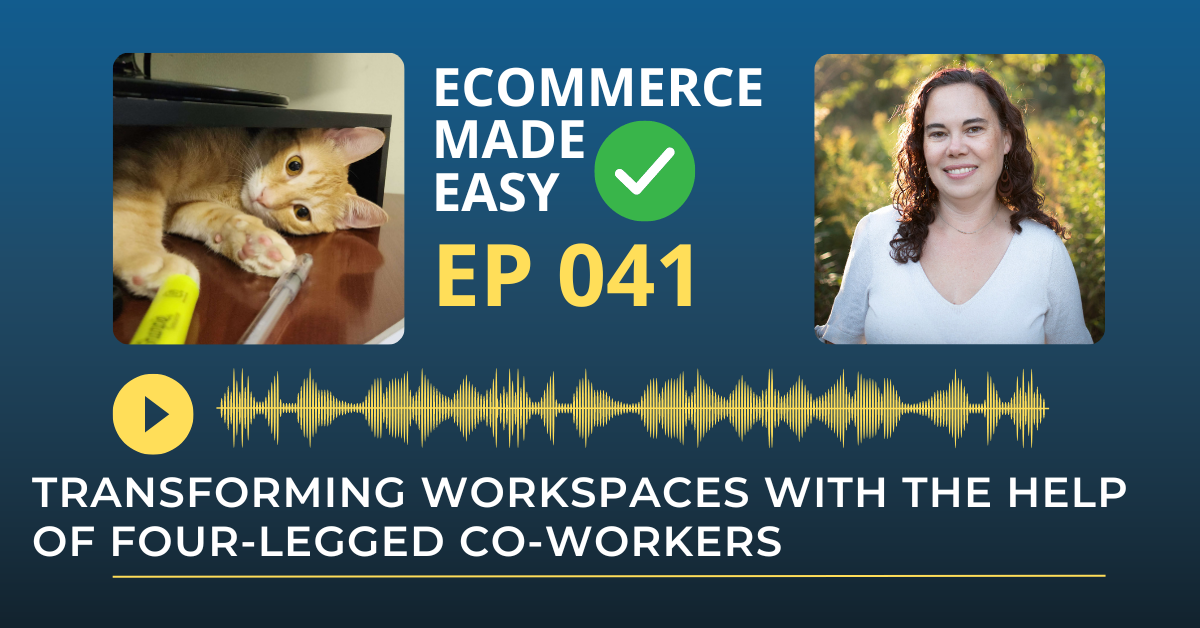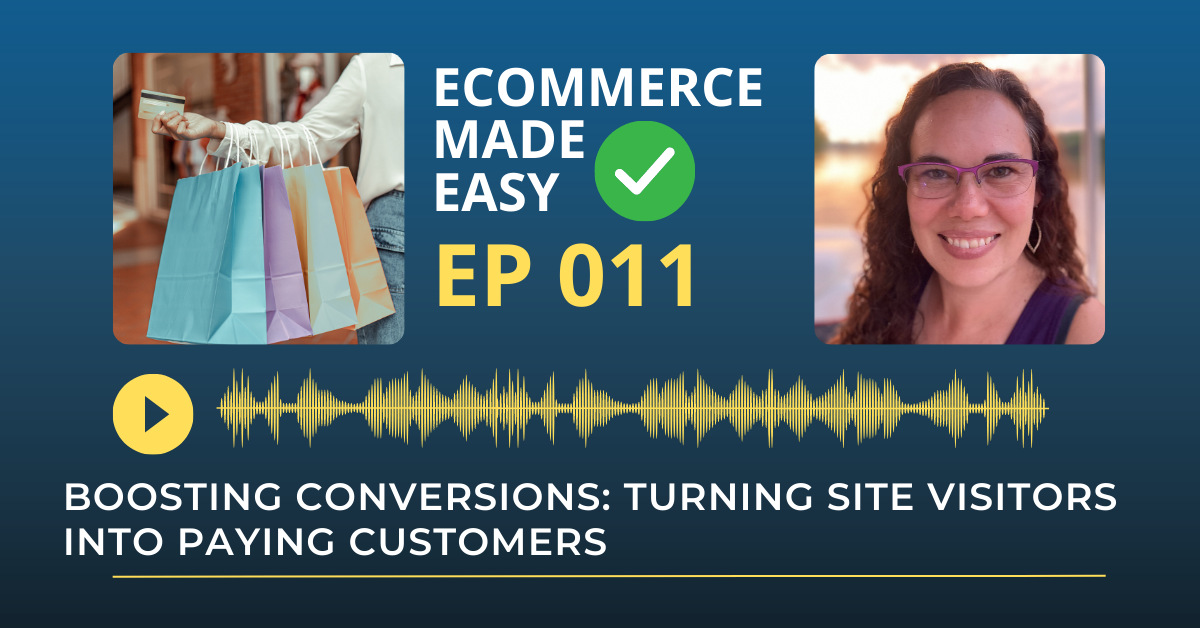Just because a website can have breadcrumbs, dropdowns, and sidebars…
Doesn’t mean it should.
In today’s episode, we’re talking about three of the most overused—and often misunderstood—website elements: breadcrumbs, submenus, and sidebars. (And what they are if you are clueless!)
I’ll walk you through when they help, when they hurt, and how to decide what your site actually needs to guide visitors (not confuse them).
Let’s Recap: The Three Navigation Elements That Can Make or Break Your Website
In today’s digital world where user experience is everything, your website’s navigation can make or break your online success. Many business owners fall into the trap of adding elements like breadcrumbs, dropdown menus, and sidebars simply because they believe all websites should have them. But as we discussed in our latest podcast episode, these elements aren’t one-size-fits-all solutions — they serve specific purposes and should only be implemented when they genuinely enhance user experience.
Breadcrumbs: Helpful Guide or Unnecessary Clutter?
Breadcrumbs, those small navigational aids typically found at the top of a webpage, show visitors the path they’ve taken through your site. They’re particularly valuable for websites with multiple levels of content or products — for example, e-commerce stores where users might navigate through several categories before reaching a specific product.
If you’re selling women’s clothing, breadcrumbs allow shoppers to easily track and backtrack their journey from “Home” to “Women” to “Women’s Tops.” However, for service-based businesses with only a few core pages, breadcrumbs can create unnecessary clutter. The navigation should already be clear enough that breadcrumbs become redundant.
On mobile devices, where screen space is limited, breadcrumbs can also crowd the interface and detract from the main content. For that reason, many websites choose to hide breadcrumbs on mobile views.
Dropdown Menus: Organize with Care
Dropdown menus (or submenus) can help organize content when you have more than six or seven main navigation items, but they can quickly become frustrating if not implemented correctly. Many users have experienced the annoyance of multi-tiered dropdowns where moving slightly off-course causes the entire menu to disappear.
Dropdowns work best when your content is logically grouped — such as service tiers or product categories. For instance, an e-commerce site might organize products under “Women’s,” “Men’s,” and “Children’s,” with subcategories underneath. However, if your dropdown has more than three layers, it’s likely too complex for effective navigation.
It’s also critical to design dropdown functionality with mobile users in mind, since hovering isn’t possible on touch screens. Make sure your menus are easy to tap and navigate without frustration.
Sidebars: Useful, but Only When Intentional
Sidebars were once a staple of nearly every website, but their use today is more selective. They remain effective for content-heavy sites like blogs, where they can highlight recent posts, categories, or archives to help users explore related content. Sidebars can also feature lead magnets or calls-to-action, though these must be thoughtfully placed to avoid visual clutter.
The challenge arises on mobile devices, where sidebars often get pushed to the bottom of the page or reorganized in confusing ways. If you do include one, make sure it’s tested thoroughly on mobile and doesn’t distract from your primary goal — whether that’s encouraging readers to consume content, sign up for your newsletter, or make a purchase.
The Bottom Line: Clarity and Purpose Win
The key to effective website navigation is clarity and purpose. Each element should guide users forward in their journey, not create confusion or extra decisions. If you’re including navigation features simply because “that’s what websites do,” it may be time for a strategic cleanup.
Ask yourself:
- Does this element help users move forward?
- Does it make their journey easier or harder?
If the answer leans toward confusion or distraction, it’s time to simplify. Conversely, if your navigation feels overwhelming with too many top-level items, grouping some into logical dropdowns could improve the experience.
Remember, the goal is to create a website that converts visitors into customers — and sometimes, the simplest navigation is the most effective path to success.
Rate, Review, & Follow on Apple Podcasts
If you’re loving my eCommerce Made Easy Podcast, I’d be thrilled if you could rate and review the show on Apple Podcasts. Your ratings and reviews help me reach more listeners and empower more people like you to thrive in the online business world.
Just click here to head over to Apple Podcasts, scroll down, give us a five-star rating, and share what you enjoyed most about the episode in the “Write a Review” section.
If you haven’t hit that follow button yet, now’s the perfect time! I have new episodes coming your way every week that you won’t want to miss. Hit the follow button and stay up to date with the eCommerce Made Easy Podcast! Follow Now!




